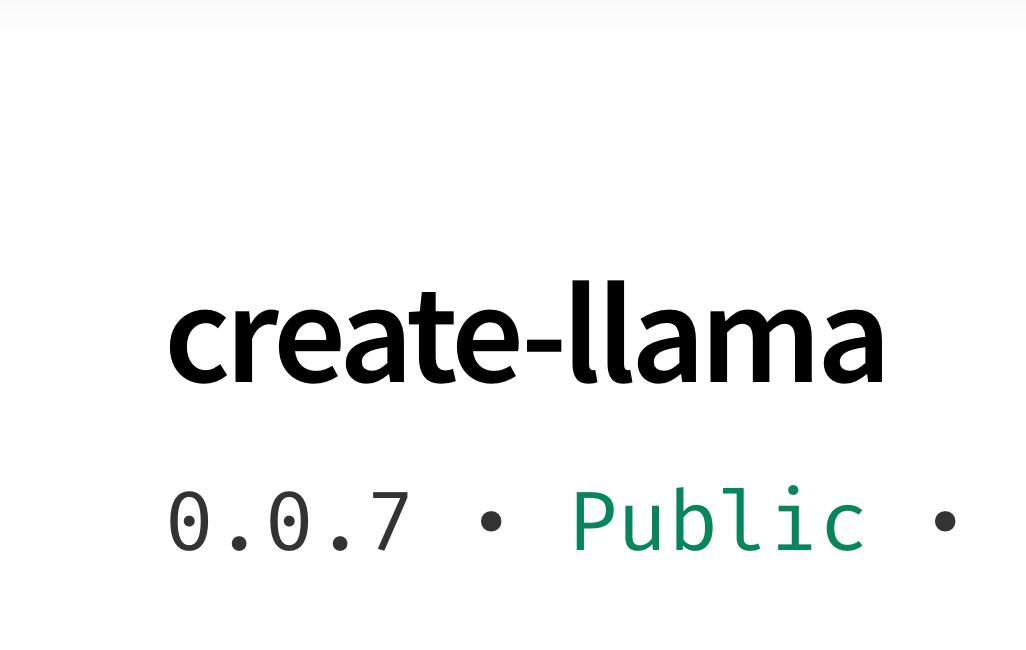Create-LLama – a new command-line utility (CLI) for crafting LlamaIndex applications.
This sounds like an exciting development for those interested in leveraging large language models (LLMs) like GPT-4 for data interaction and analysis. Here’s a simplified breakdown of the key points from your description:
- Tool Introduction: The
create-llamacommand-line tool is designed to easily generate full-stack applications that utilize LlamaIndex for interacting with data through LLMs like GPT-4. - Getting Started: To use this tool, you start by running
npx create-llama. The tool will prompt you with a series of questions to customize your app. - Requirements: You need to provide your own OpenAI API key. The tool allows customization for different LLMs as well.
- Data Handling: The app indexes data placed in a designated data folder. It supports various file formats, with the TypeScript backend (LlamaIndex.TS) handling PDF, text, CSV, Markdown, Word, and HTML files, and the Python backend supporting additional types like audio and video files.
- Front-End and Back-End Options:
- Front-End: Generated as a Next.js application, with styling options including
shadcn/uior plain HTML and CSS. - Back-End: Three choices are available:
- A full-stack Next.js application using LlamaIndex.TS.
- A traditional Node.js application with an Express backend, also using LlamaIndex.TS.
- A Python FastAPI backend powered by the llama-index Python package.
Additional Configurations
- Streaming vs. Non-Streaming Backend: Choose based on your needs.
- Chat Engine Options:
SimpleChatEnginefor basic GPT chatting, orContextChatEnginefor data-driven interactions.
Customization and Deployment
Post-setup, the app can be customized extensively. By default, it uses GPT-3.5-Turbo, but you can configure it to use GPT-4 or other LLMs. The app is compatible with various deployment platforms like Vercel, Render, or fly.io.
This tool appears to significantly streamline the process of creating data-interactive applications using advanced language models, making it accessible even to those who may not have extensive programming experience.
Read other articles:

